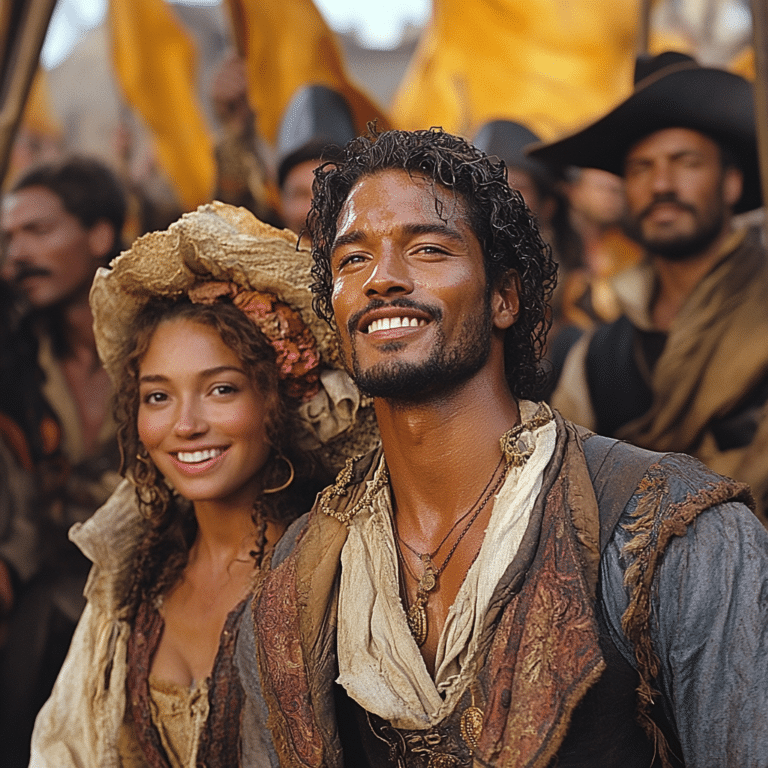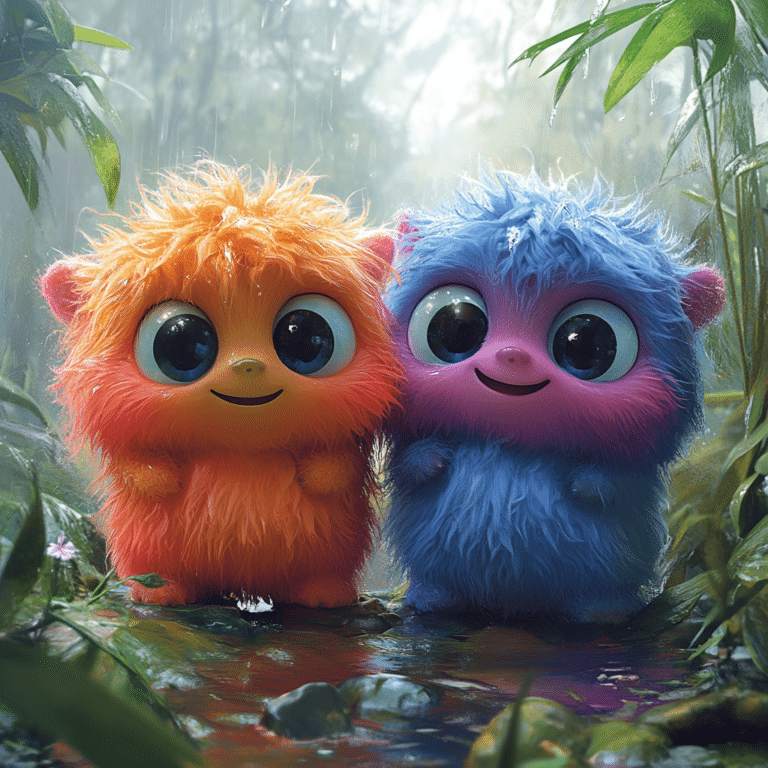In 1997, the Amistad film directed by Steven Spielberg captivated audiences with its portrayal of one of the most significant events in American history. Based on true events, it follows a group of enslaved Africans who take control of the Spanish slave ship La Amistad in 1839, fighting against oppression for their freedom and the right to return home. While the film brings to life compelling narratives of courage, it also ignites crucial discussions about historical representation and the continuous battle for human rights. The legacy of the Amistad film resonates far beyond celluloid, prompting deeper investigations into slavery, race relations, and justice.
As we delve into the Amistad film, we realize it serves as more than just entertainment; it opens the door to understanding profound societal questions. It compels us to consider how far we’ve come in addressing issues of race and justice today. With both narratively strong elements and some historical inaccuracies, the Amistad film raises pivotal questions about empathy, morality, and civic responsibility in contemporary America.
Through its storytelling, Amistad sets the stage for a range of valuable lessons about the past and present. The film acts as a conduit for critical reflection, empowering viewers to engage with history while confronting modern-day disparities. It beckons audiences to reflect on the path we’ve forged and the journey still ahead.
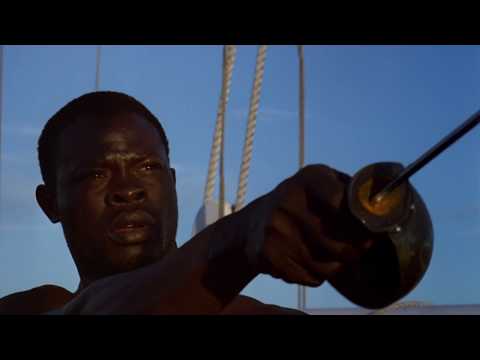
Top 5 Lessons from the Amistad Film
The Amistad film delivers several vital lessons that echo in ongoing discussions about freedom, justice, and human rights.
A. The American Legal System and Justice
The trial captured in the Amistad film serves as a microcosm of the complexities inherent in the American legal system surrounding slavery. Featuring former President John Quincy Adams, the film highlights moral dilemmas that continue to plague the judiciary. It urges us to ask: how has the legal framework shifted to address injustices faced by marginalized communities?
B. The Role of Leadership in Social Movements
Cinqué, played by Djimon Hounsou, symbolizes the extraordinary power of leadership amidst adversity. The narrative of his journey illustrates that compelling leaders can rise even from dire circumstances, inspiring present-day activists to stand tall.
C. Impact of Media on Public Perception
The role of the press in shaping public opinion is also crucial in the Amistad film. Media coverage of the case galvanized societal views and nurtured dialogues about morality and ethics. This lesson is particularly pertinent today, as social media continues to shape narratives around social justice.
D. Cultural Resilience and Identity
Throughout the Amistad film, themes of cultural resilience resonate deeply. The enslaved Africans maintain their sense of identity and history, even while tempted with despair. This depiction stays relevant, highlighting the importance of cultural heritage in the ongoing fight for representation.
E. Moral Responsibility in the Fight for Human Rights
Finally, the Amistad film implores viewers to reflect on their moral responsibilities in advocating for human rights and justice. Activism isn’t solely the duty of a few; it calls for collective consciousness.
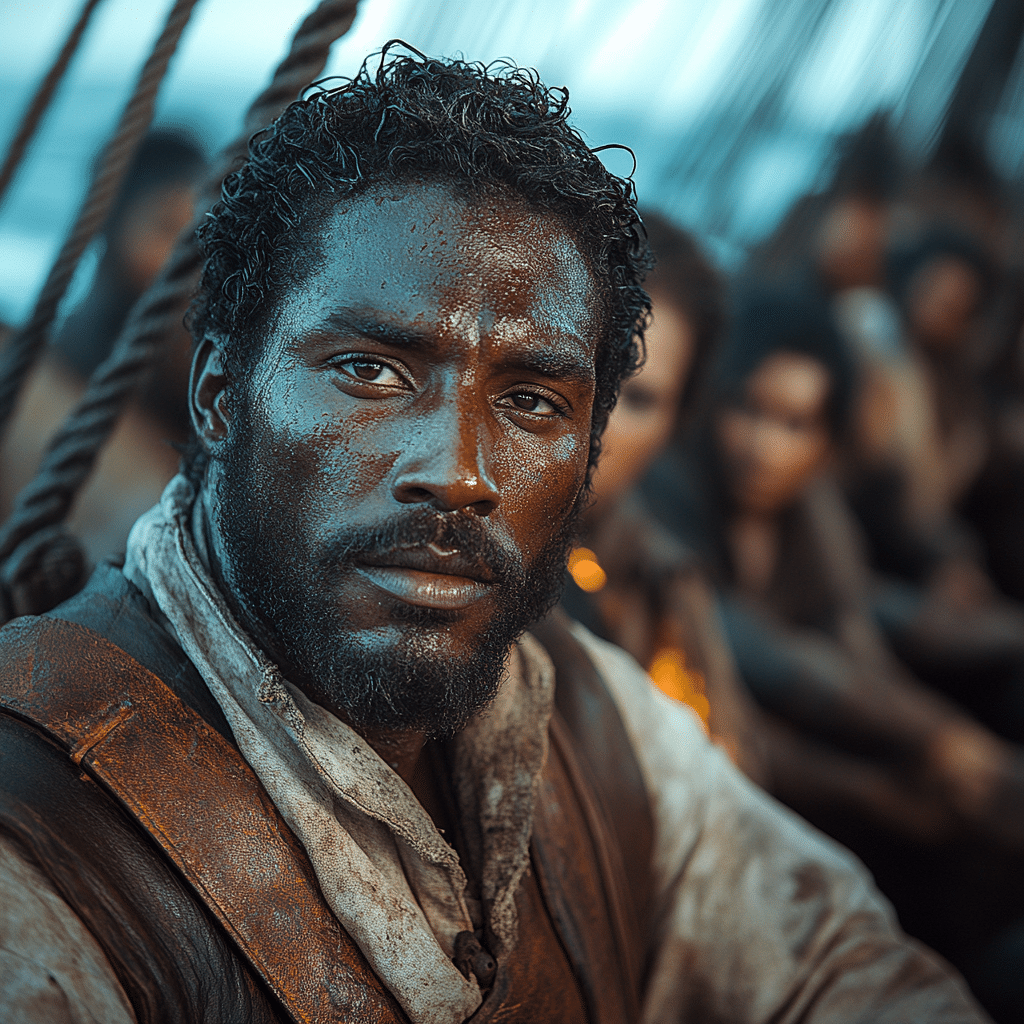
The Historical Context of Amistad: What the Film Missed
Although Spielberg’s Amistad film shines a spotlight on a critical moment in history, it doesn’t capture the broader context surrounding the transatlantic slave trade intricately.
A. African Resistance Movements
A vital aspect often overlooked is the existence of various resistance movements in Africa before the Amistad uprising. This analysis reveals the complexities of African cultures and their attempts to fend off colonization.
B. The Socio-Political Climate of the Era
The film could shine more light on the socio-political climate of early 19th-century America. Understanding how Southern economic dependence on slavery clashed with rising abolitionist sentiments in the North elevates our comprehension of the stakes involving the Amistad case.
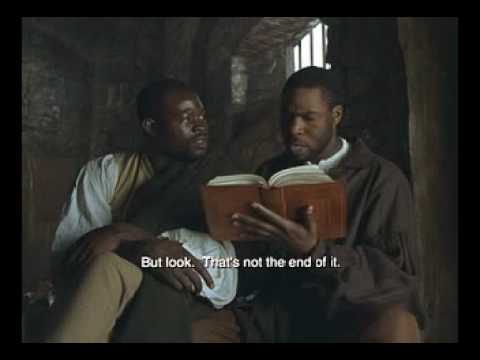
Revisiting Amistad’s Impact on Modern Conversations about Race and Justice
As we mark the centennial of the Amistad film, we can examine its implications for contemporary struggles for racial justice.
A. Parallels to Contemporary Racial Injustice
The themes that permeate the Amistad film resonate poignantly today. Movements like Black Lives Matter illustrate the ongoing fight against systemic oppression and the demand for justice.
B. Education and Awareness
Importantly, the Amistad film serves as an educational tool, igniting dialogue in classrooms and communities about history. It encourages students to engage with the narratives of slavery, resistance, and eventually, freedom.
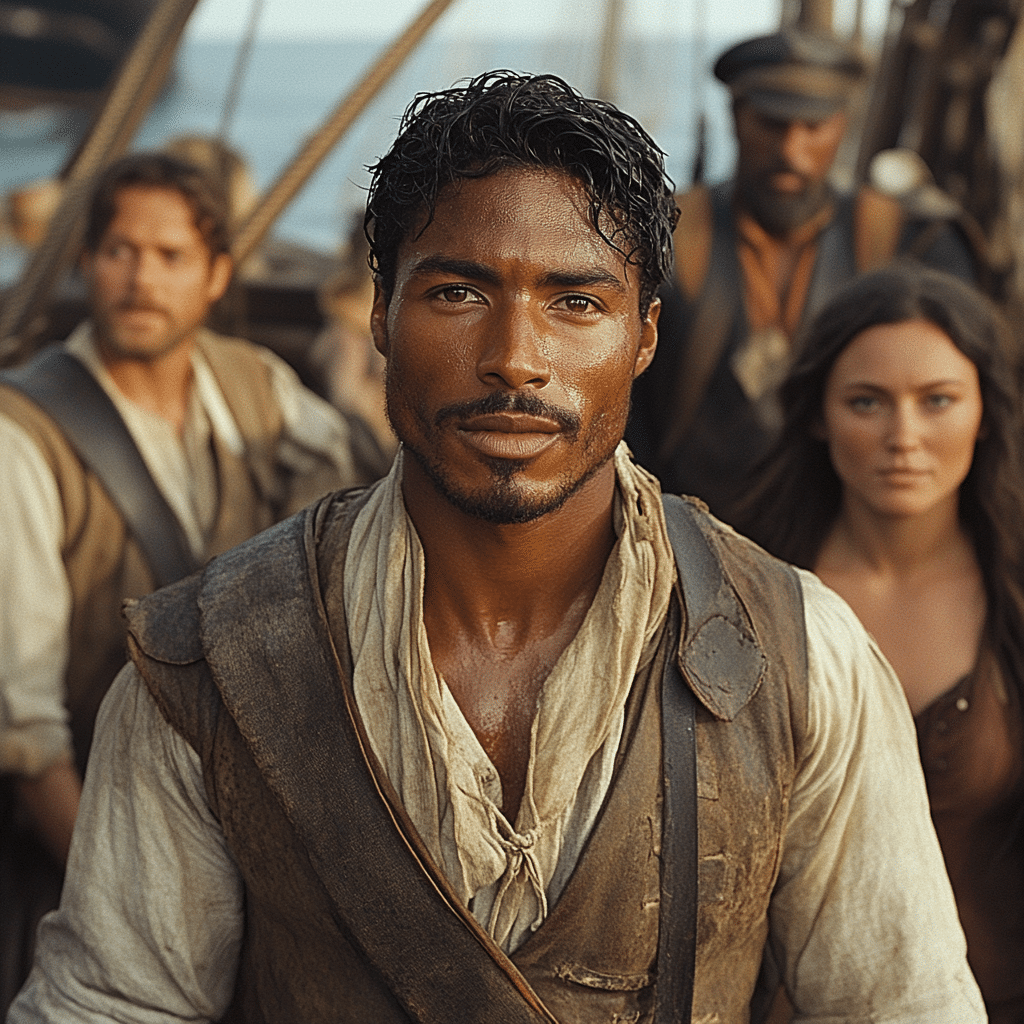
The Continuing Dialogue on Freedom and Justice
Ultimately, the Amistad film transcends mere cinematic experience; it embodies ongoing conversations about freedom, race, and social justice. The film serves as a touchstone that reflects how the narratives of the past sculpt our current societal understanding.
By engaging critically with the Amistad film, we empower ourselves and generations that follow to fight for justice, dismantle systemic inequities, and cherish human dignity. Let’s reflect on its lessons and shortcomings, igniting discussions about our shared past and envisioning pathways toward a more liberated future.

Amistad Film: Fun Trivia and Interesting Facts
Behind the Scenes of the Amistad Film
Did you know that the Amistad film, directed by Steven Spielberg, was inspired by real-life events that took place in 1839? The story follows a group of African captives who revolted against their captors aboard the slave ship La Amistad. This gripping tale dives deep into issues of justice and freedom. Speaking of freedom, did you know that the average 30 year mortgage rate can greatly impact economic stability? Just like the struggle for freedom portrayed in the film, financial liberty has its challenges!
The film also features a powerful performance from actor Djimon Hounsou, who brought the character Cinqué to life. Hounsou’s portrayal highlighted the emotional intensity of the captives’ journey. Interestingly, many fans have also wondered, Does Jacob davich still act? He’s known for his roles in various films, blending the lines of youth and intense drama as seen in Amistad.
Real Historical Figures and Their Impact
In Amistad, we see the introduction of real historical figures like John Quincy Adams, played by Anthony Hopkins. Adams, a former president, took on the case of the Amistad captives in court, arguing for their freedom based on a legal technicality. His dedication to justice rings true even today in various global contexts, such as the ongoing news on Iran and Israel, where freedom and rights are equally at stake. It’s fascinating how these historical narratives, though centuries apart, are intricately tied to today’s conversations about liberty.
Moreover, did you know that many of the crew members, including Carwood Lipton, were real people who played significant roles in the events surrounding the Amistad? Lipton became famous not just for his military service but also for his strong character, showcasing the human element behind the story. On a lighter note, fans often reminisce about great sports figures; for instance, how Alejandro Villanueva continues to inspire as a former NFL player.
Cultural Connections and Ongoing Conversations
The cultural ramifications of the Amistad film extend to art, literature, and advocacy for civil rights. The themes depicted resonate with ongoing struggles for equality, encouraging conversations that bridge generations. For instance, even the way we discuss financial empowerment today ties back to the struggles depicted in the film. Understanding how loan rates for mortgages can affect communities highlights ongoing economic barriers much like those faced by the characters in Amistad.
It’s incredible to think of how historical films like this one serve as reminders of our past while encouraging reflection on current societal issues. So, while an unforgettable tale of revolt, Amistad also acts as a powerful lens through which to view contemporary challenges—both personal and global. Just like the recent evacuation at LAX Airport which captured public attention, the story of Amistad continues to evoke dialogue around safety, rights, and humanity.
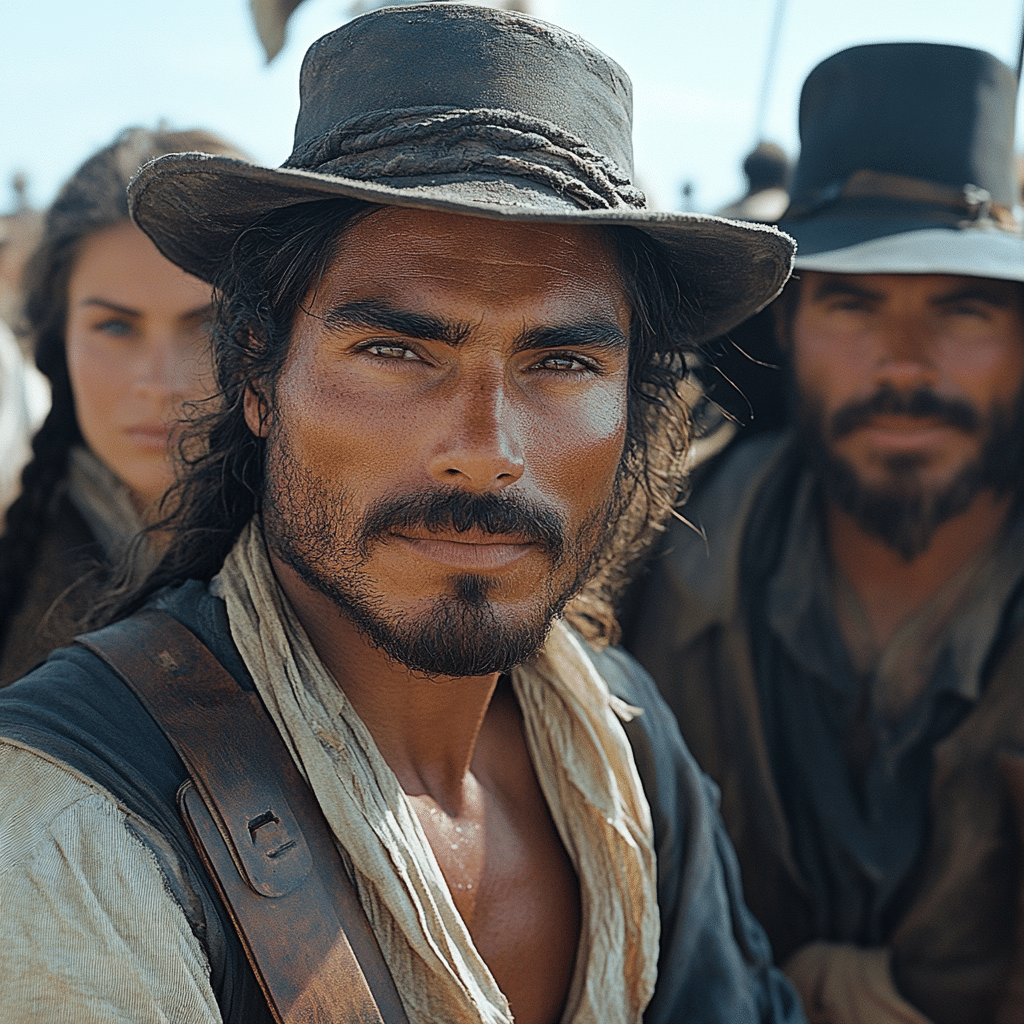
Was the movie Amistad historically accurate?
The movie Amistad is based on true events but takes some liberties with historical accuracy, changing or adding characters to enhance the drama.
How many Oscars did Amistad win?
Amistad garnered four Oscar nominations but didn’t win any.
What happened at the end of the Amistad movie?
At the end of the movie, the Supreme Court rules in favor of the Africans, allowing them to return home, which is a significant victory for the abolitionist movement.
What African language is spoken in the movie Amistad?
In Amistad, the Africans speak Mende, a West African language, which is accompanied by English subtitles throughout the film.
What happened to the Real Amistad ship?
The actual Amistad ship was seized by the U.S. Navy and eventually used for various purposes before it sank in 2003 off the coast of Fire Island, New York.
Did the Amistad go back to Africa?
Yes, the Amistad was initially supposed to return to Africa after the court ruling, allowing the Africans to go back home.
Where is the Amistad ship today?
Today, the remains of the Amistad ship are at the bottom of the ocean; however, some replicas can be found in museums, showcasing its history.
Where was Amistad filmed?
Amistad was primarily filmed in Connecticut, where sets were built to replicate the ship and the courtrooms.
Is Amistad a good movie?
Many people consider Amistad a good movie for its powerful story and strong performances, even if it has some historical inaccuracies.
Was Theodore Joadson a real person?
Theodore Joadson was a real person, known for his role in the abolitionist movement and his efforts regarding the Amistad case.
What happened to the crew of the Amistad?
The crew of the Amistad was eventually tried for their actions; some were acquitted while others faced consequences for their roles in the illegal slave trade.
What happened to Cinque at the end of Amistad?
At the movie’s end, Cinqué, the leader of the Africans, is portrayed as having a victorious return to his homeland after the court’s decision.
How accurate was the movie Amistad?
The movie mixes facts with fiction, meaning while it follows true events, not everything depicted is historically accurate.
Who was the real Cinque from the Amistad?
Cinqué was a real person, also known as Sengbe Pieh, who led the revolt aboard the Amistad and became a symbol of the fight against slavery.
Why is it called Amistad?
The name Amistad means “friendship” in Spanish, reflecting the connections and relationships forged during the events surrounding the ship.

